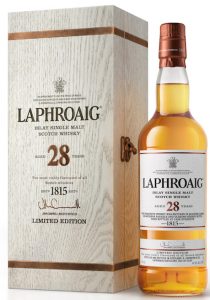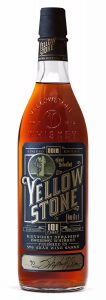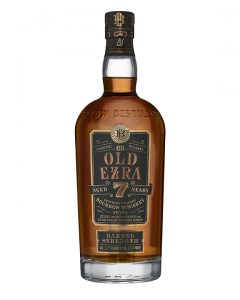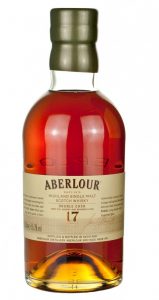Laphroaig 28 Year Old
Laphroaig 28 Year Old
44.4% ABV
$799
Website

What the Distiller Says
Over a quarter century in the making. Laphroaig 28 Year Old is a limited luxury meant to savor.
Laphroaig 28 Year Old is an exceptional expression that has been matured for 28 years in a suite of artfully selected casks. First matured in different sizes from quarter casks to butts, the liquid is married in sherry casks to age for its final 12 months.
COLOR: Coppery gold.
NOSE: Rich and peaty with aroma of grilled dates, Manuka honey, and a hint of licorice, complemented by notes of Islay heather, dry thyme and rosemary.
BODY: Full bodied.
PALATE: Sweet with baked pears and vanilla notes complemented by salted toffee, burnt wood, marinated grilled meat, and ground black pepper.
FINISH: Sweet and peppery with dried spices, cedar and complex lingering peaty flavor.
What Gary Says
Nose: Thick, peaty sea air w/ notes of honey, sultanas, iodine, leather, and a hint of tangy, smokey barbecue.
Palate: Creamy mouthfeel, intense sweetness, pears, honey, rice pudding with a hint of balsamic vinegar; subdued peat.
Finish: Long, lingering with sweet notes and savory but subtle spices.
Comments: If you’ve read my other reviews, you know my history with Laphroaig. This is just an exquisite dram; the oldest Laphroaig I’ve had the pleasure of tasting, and it has indeed been a pleasure. The peat and medicinal notes that fans of Laphroaig have grown to love are still present, but they are tamed in this presentation, with more complex sweet notes on the nose and palate. The final 12 months of maturation in sherry is a lovely touch – adding depth and richness to the sweet notes, balancing out the peat and sea air – but not changing the foundation of that classic Laphroaig profile. On my second tasting, I poured some Laphroaig 18 yr for a comparison, and that really highlighted the difference of that sherry finishing (although the other casks used throughout the maturation undoubtedly played a significant role). Much more gentle and refined, with less peppery edge than the 18 yr. Very well crafted, and delicious representation!
Rating: Stands Out/Must Try
We would like to thank Laphroaig and Multiply for sending us a sample to review.





